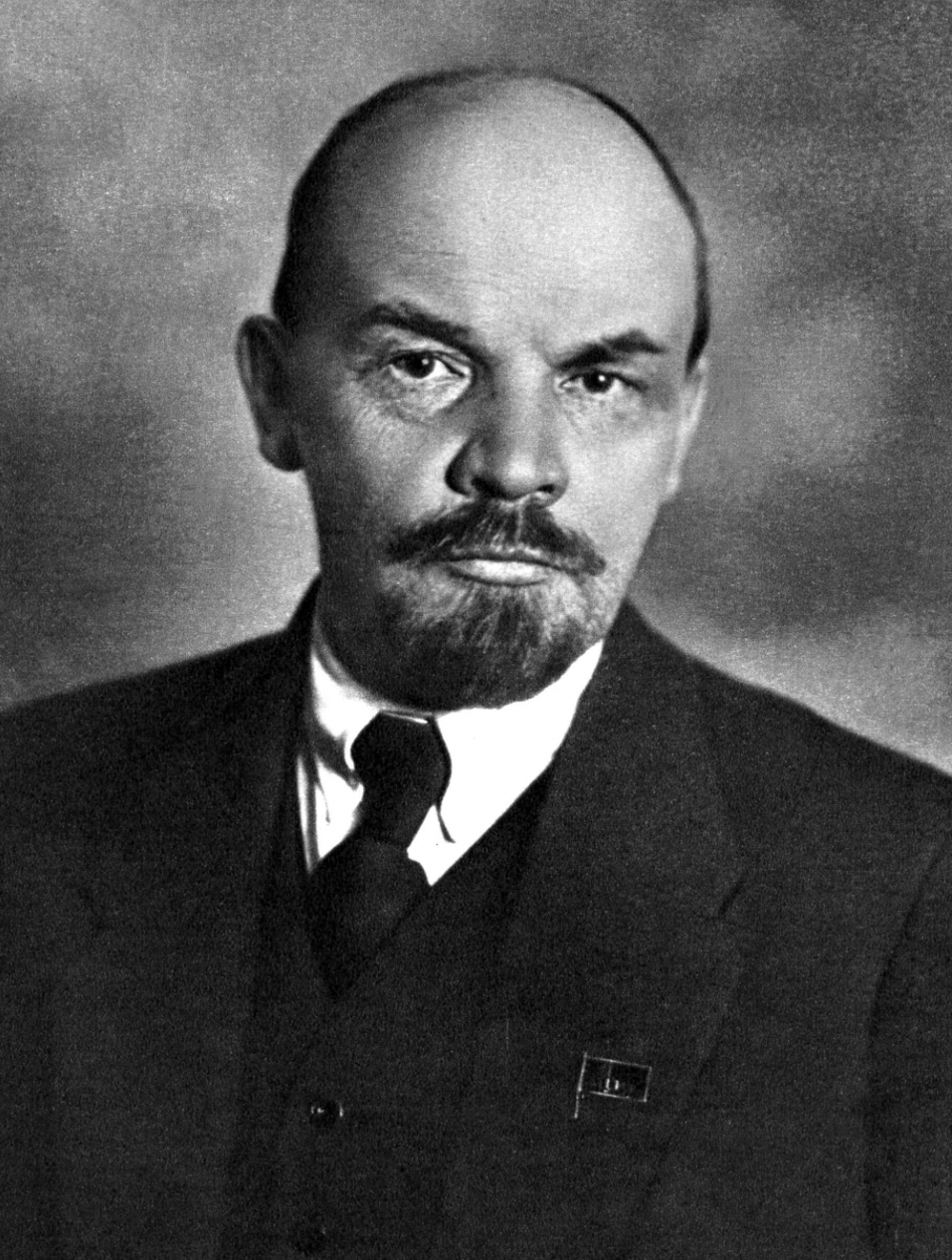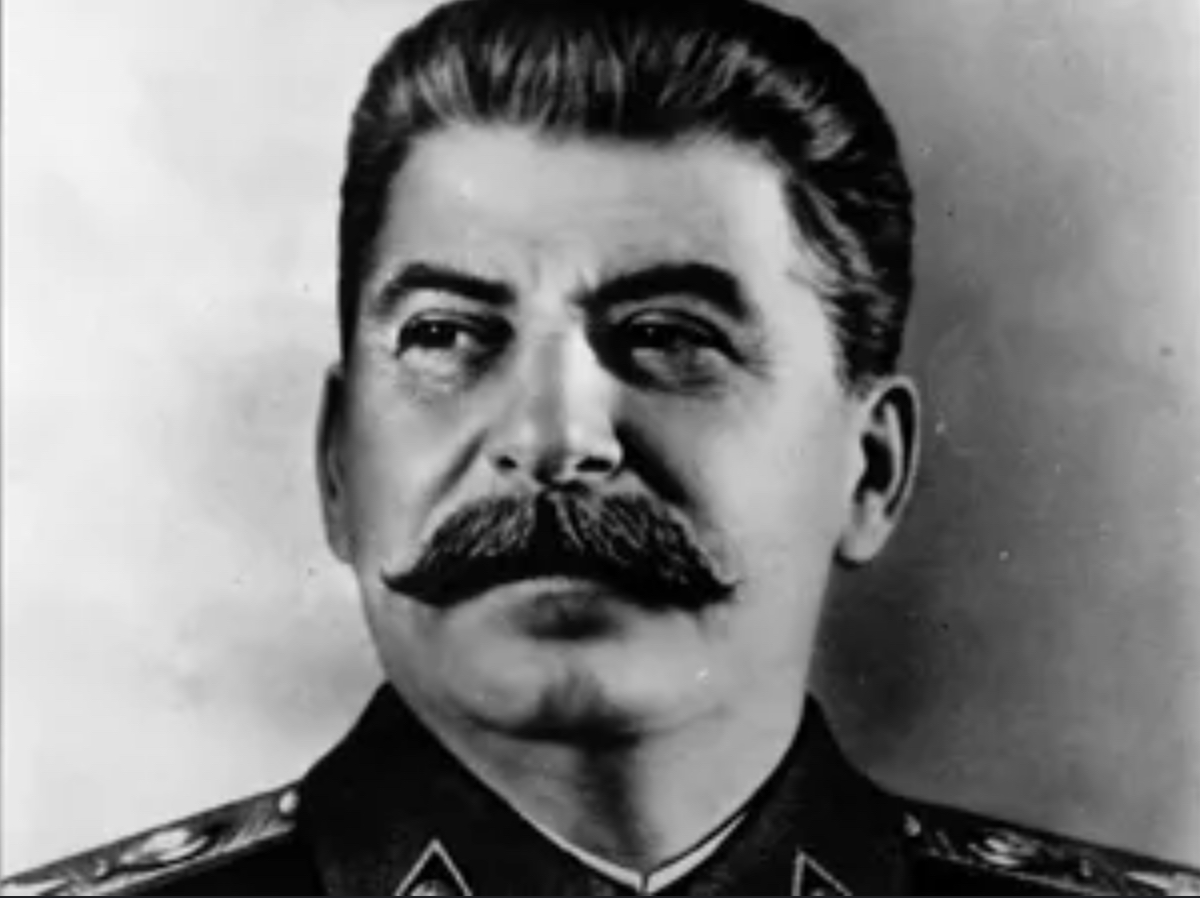State control of mass media and propaganda?
1/23
Earn XP
Description and Tags
Name | Mastery | Learn | Test | Matching | Spaced |
|---|
No study sessions yet.
24 Terms
What was the aim of state control over media?
To censor and direct what the public view in order to feed them propaganda which influences them to stay loyal to the Communist Party.

What did Lenin think of newspapers?
He viewed newspapers as mouthpieces of the bourgeoise
How did Lenin assert control over the press?
A decree in November 1917 banned all non-socialist newspapers and by the early 1920s all non-Bolshevik papers were eliminated
The printing press was nationalised
All editors and journalists were employees of the government, members of the Union of Soviet Journalists and expected to be Party members
Approval from Glavit the censorship office was needed for every article written for publication
What was ‘Pravda’ and what was ‘Izvestiya’?
Pravda= Newspaper of the Communist Party
Izvestiya= Paper of the government
Both were used as vehicles of propaganda highlighting the achievements of the government and socialism.
How did they ensure high readership of newspapers?
They were cheap to buy and widely available. Copies were posed on boards along pavements and at workplaces so people could reed them for free.
What was the circulation of Pravda in 1983?
10.7 million
What was the newspaper ‘Trud’ for? What was its print run?
The paper of government-controlled trade unions. It had a print run of 13.5 million.

What topics did newspapers discuss during Stalin’s era in the 1930s?
Under Stalin’s push to industrialise the favoured topics were production figures meeting or exceeding targets of the latest economic plan and successful expeditions to the Artic and northern Russia in search of golf and oil.
What topics in newspapers were prohibited or reported with a delay? Give examples
July 1972→a vast fire got out of control outside of Moscow but the city’s population had to wait ONE MONTH before the blue haze over the city was explained.
Kyshtym, September 1957→ A nuclear waste storage tank exploded resulting in at least 200 fatalities and over 270,000 people being exposed to dangerous radiation levels. Map readers noticed that over 30 small communities had disappeared from Soviet maps between 1958 and 1991. The government took TWO YEARS to evacuate unsafe areas.
What topics were banned from magazines?
Sex, pornography, crime and religion were banned.
What was the name of the famous Soviet Sports magazine?
Sovestskii Sport which was the successor of Red Sport in 1946.
When did Soviet Scientists develop voice radio?
1921
What programmes were broadcasted on the radio in the Lenin Era?
‘Spoken Newspaper of the Russian Telegraph Agency’ featured news and propaganda material with little emphasis on music.
How did the Bolsheviks increase the amount of people exposed to the radio?
Radio receivers were expensive so the Bolsheviks installed loudspeakers in public places, factories and clubs. Group listening resulted in a collective response that ensured everybody got the intended message.
How was the control of radio communications centralised?
The Commissariat for Posts and Telegraph
Why was radio a useful medium?
It enabled the government to get its message across to the 65% of the population who were illiterate.
When was the radio proved invaluable to the government?
During the German invasion of 1941→ With German forces less than 50 miles from Moscow, Stalin gave a speech live on the radio from Red Square to commemorate the October Revolution. It was to prove highly effective in reassuring the Soviet Population that not all was lost in the war.
How did the use of radio change under Brezhnev?
Until 1964 there was only one Soviet radio station. Under Brezhnev the range was extended to 3 radio stations including Radio Maiak (Lighthouse) which played some foreign music.
How did the government try to restrict access to foreign radio stations?
They mass produced cheap radios with a limited reception range, jammed foreign broadcasts and threatened to arrest those who listened to stations such as Voice of America or the BBC.
How did access to television in the USSR change over time?
1950: The USSR had 10,000 sets
1958: The USSR had almost 3 million sets
Mass production of television in the 1960s made them cheaper
By the early 1980s most of the rural population had access to television
What did the government television stations provide?
A mix of news, documentaries on the achievements of socialism and cultural programmes on ballet and the classical arts.
Life in the Soviet Union was presented as joyous whereas life under capitalism was rife with crime, homelessness and crime.
How had television changed by 1985?
There were two television channels and a greater emphasis on light entertainment. There was local programming for the regions of the USSR, often in local languages.
In what ways was censorship of media not successful? Give an example
The Soviet public got used to reading between the lines. News of the heart problems of a member of the Politburo was interpreted as a fall from favour, as was someone’s continued non-appearance in the press.
EXAMPLE: In 1953 Soviet citizens who subscribed to the Soviet encyclopaedia received a package that instructed them to remove pages from their collection that had details of Beria. This was the first sign to the public that Beria had been arrested.
How did the control of media become more challenging over time?
The advancement of more sophisticated technology in the 1980s made this airing of information among the public easier